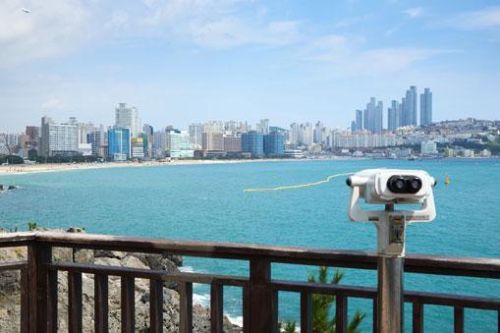Travel highlights South Korea

Seongsan Ilchul-bong Volcano
This 182m high extinct volcano is a Unesco World Heritage site and is one of Jeju-do’s most impressive sights. From the entrance it takes only 20 minutes to climb the steep steps to the crater rim. Doing it around sunrise is majestic! The Seongsan Sunrice festival, which is an all night New Year’s Eve party, is held here every 31st December.
Leeum Samsung Museum of Art
An interest in modern and contemporary art? The this Art museum is for you. It is filled with traditional Korean art across three distinct areas and is set amid the celebrity-owed apartment on the southern slope of Namsan.
Jeonju Hanok Maeul
This traditional village (Maeul) has more than 800 traditional wooden homes (hanok), which makes it on of the largest tradional villages in the country. They virtually all contain guesthouse, restaurants, cafes and traditional clothing (hanbok) rental shops. Some places within the village host workshops on making traditional alcohol or paper for example.
Gyeongbokgung Palace
Seoul’s premier palace was originally built by King Taejo. Gyeongbokgung served as the main palace until 1592, when it was destroyed during the Japanese invasions. It lay in ruins for almost 300 years until it was started to be rebuilt in 1865. King Gojong moved in during 1868 but the expensive rebuilding of the palace virtually bankrupted the government. Watch the changing of the guard ceremonies at the main entrance, walk through the museums, ornamental gardens and appreciate some of Soel’s finest architectural sights.
Changdeokgung Palace
This World Heritage listed Changdeokgung Palace is the most beautiful of Seol’s five main Palaces. The palace was originally built in 1405 as a secondary palace but during the Japanese invasion in the 1950s when Gyeongbokgung (Seoul’s principal palace) was destroyed, it became the primary royal residence until 1872. In order to see this beautiful palace you do need to join a one-hour guided tour.